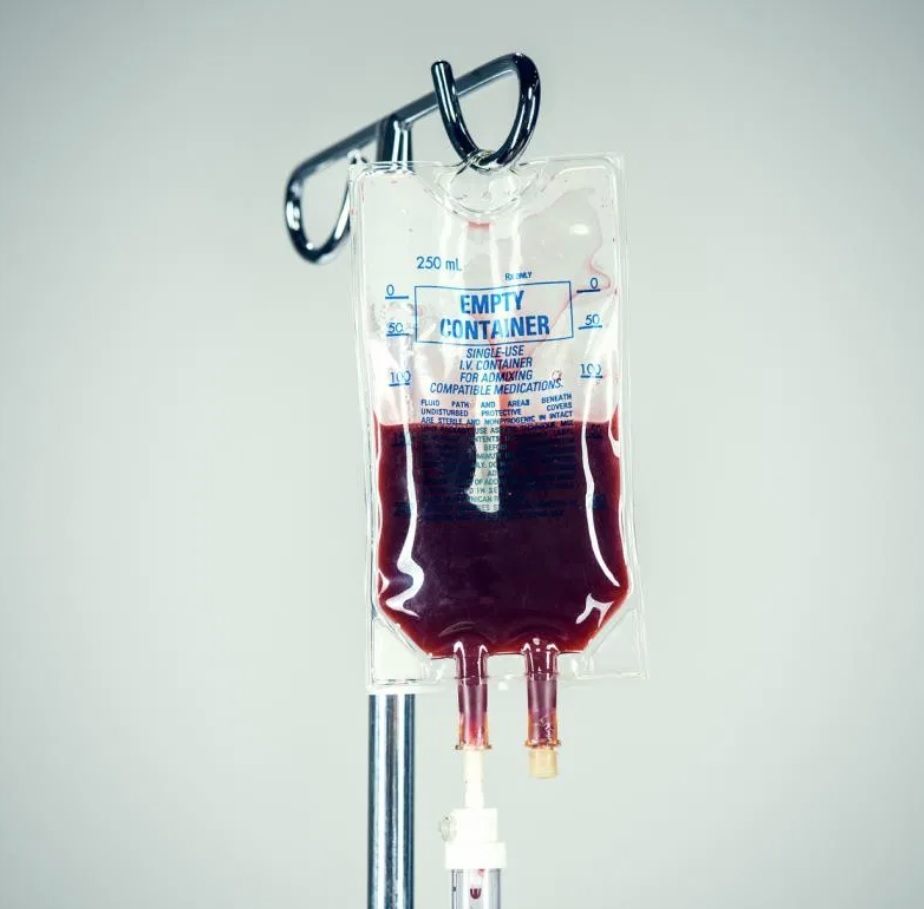According to the most recent Kenya health sector report, donors invested Ksh. 1.6 billion on blood donation Kenya while government of Kenya allocated Ksh. 320 million for the same purpose. Further, the report estimates that the unit cost for blood, the state spends between Ksh. 10,000 to Ksh. 14,000. This amount is spent on blood storage, transportation, blood bags and processing. Diseases like cancer have created a high demand for large volumes of blood and other related blood products;
According to an analysis by the Institute of Economic Affairs (IEA-Kenya), the government failed to allocate resources for blood transfusion services in 2020. I also learnt that since 2004, blood supply has been supported in the past by the US government through the US President’s Emergency Plan for Aids Relief (Pepfar).
The agency from USA has been supporting blood collection, testing as well as policy issues. PEPFAR started making budgets since 2017 and those budget cuts are being felt.
Now national centers are running out of blood despite assurances by the Cabinet Secretary for Health promising that blood transfusion will not be affected following the withdrawal of PEPFAR funding.
The National testing laboratories are also reported to be running out of what they call automated screening reagent.
Kenya National Bureau of Statistics (KNBS) has indicated that college and secondary school students are the top blood donors in Kenya.
The World Health Organization (WHO) estimates that a country needs blood for transfusion equivalent to 1% of its population. Now that Kenya has a population of 47.5 million people, we need at least 470,000 units of blood.
Despite the many blood collection campaigns we have witnessed in Kenya, only 164,275 units of blood was collected against the target of 470,000 units of blood.
It’s sad to note that sometimes, there is increased supply of blood in Kenya but still there is a challenge due to lack of blood bags and testing reagents at hospitals across the country. Hence, hospitals are forced to send their blood to Nairobi for testing services.
IEA Kenya argues that the current situation is likely to put the lives of patients at risk due to transfusion of unsafe blood. That you patients can end up with contracting diseases such as syphilis, HIV, Hepatitis B and Hepatitis C!
It is possible for Kenya to allocate sufficient resources for blood transfusion considering countries such as Ethiopia, Tanzania and Rwanda have already done it. These nations have allocated sufficient resources for collection and testing of blood. All Kenya needs is to have proper policy and budgets in place!
An analysis by IEA Kenya on the expenditure trends on blood donation Kenya shows that Kenya has a declining trend while countries such as Rwanda reported 800% increase in expenditure on blood donations. Kenya depends on well wishers to donate blood while other countries have in place a proper incentives structure.
For instance, in Rwanda their incentives attract repeat blood donors. Those who donate again and again are offered insecticide-treated bed nets.
The state should also conduct sensitization campaigns on the importance of blood donation Kenya.
The IEA Kenya concludes that if the government does not increase budget for blood transfusion, we are most likely to continue seeing appeals for blood transfusion on Facebook, Twitter and other social media platforms.
I urge us all to develop the culture of donating blood!
References
Analysis by IEA Kenya: Kenya Government Fails to Budget for Blood Transfusion in 2020. Accessed on: https://bit.ly/2uMIbOq on 15th February, 2020.
Kenya Health Sector Report 2020/2021 – 2022/2023


